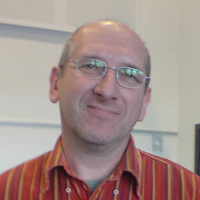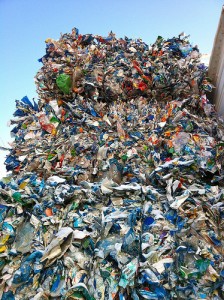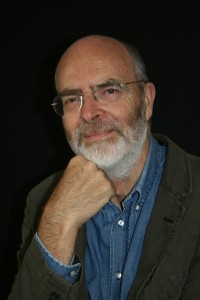
Huh?
We can see by comparing the subsets of figures below that the radioactive particle emission through the air from Fukushima is not only 3.7 times higher than Chernobyl; but, more importantly, 28.3 times more radiotoxic with every breath you take.
Fukushima’s Melted Reactors 500 Days On
Radioactive Inventory Numbers
…by Bob Nichols
(San Francisco) – Dr. Paolo Scampa, PhD, a well-known physicist in the European Union, has prepared a radioactive inventory of Fukushima Daiichi’s destroyed nuclear power plants 500 days after the meltdown of three disemboweled, mangled reactors.
The violent extinction level event occurred Mar 11, 2011. The deadly meltdown and dispersion of radioactive fuel throughout the world is on-going to this day.
Because of the nature of long-lived and short-lived radioactivity, this summation of the radioactive Fukushima inventory is valid for many years. Dr. Scampa’s inventory is current as of Friday, June 29, 2012.
Continue reading “Mini-Me: Fukushima 3.7X Higher than Chernobyl 28.3X More Toxic”







